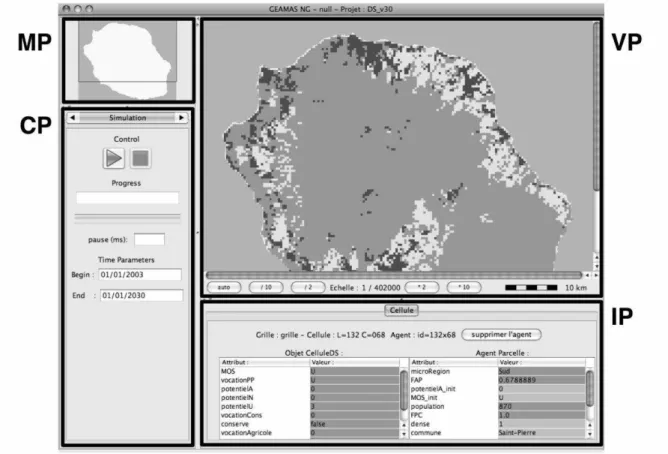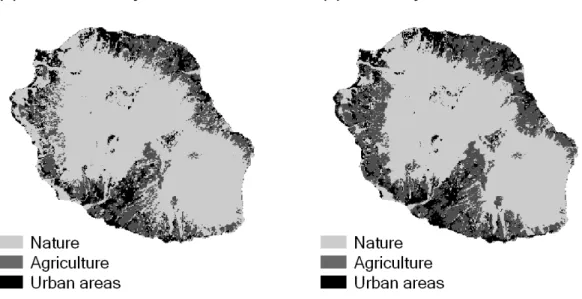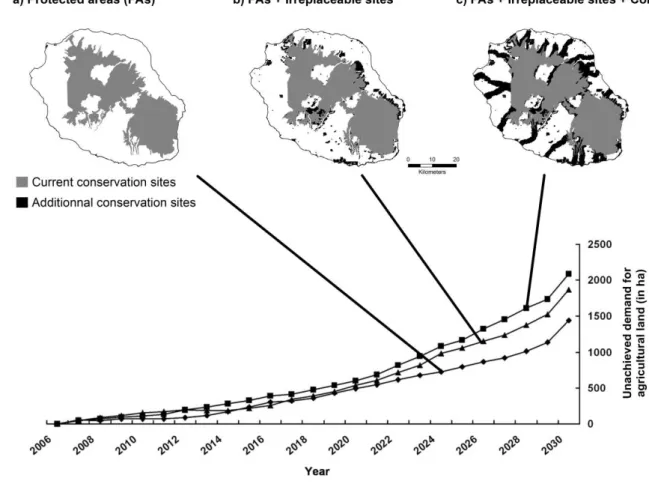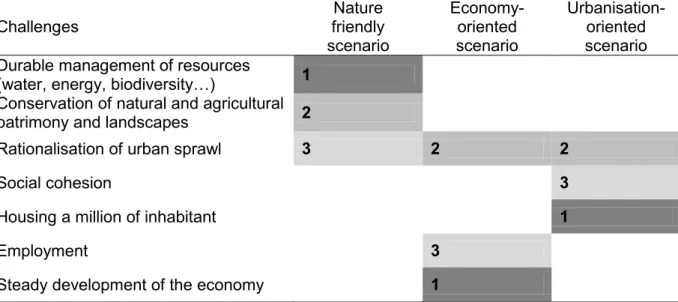Modelling with stakeholders to integrate biodiversity into land-use planning - Lessons learned in Réunion Island (Western Indian Ocean)
Texte intégral
Figure
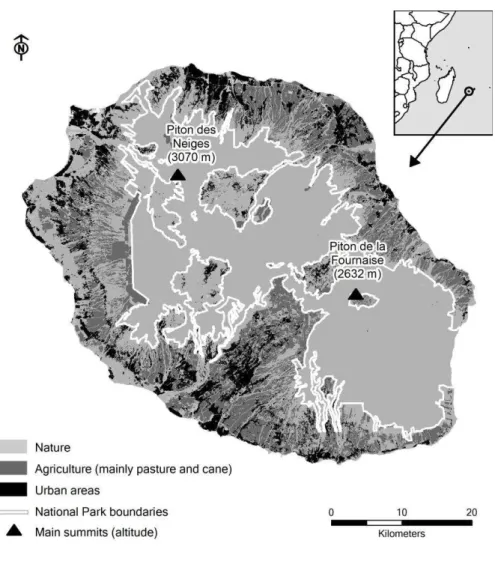

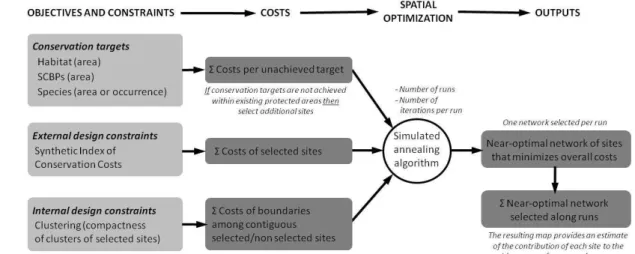

Documents relatifs
[r]
- New evaluations, based on integrated large-scale models, are needed to feed decisions-makers - I’ll present here the methodology adopted to develop the Nexus Land
In the case of the regional planning process in Reunion Island, our modelling approach encouraged agricultural institutions to collaborate, to increase their chances of defending
While we do not agree with some demands from the critique that imply abandoning the whole participatory enterprise, we suggest that claims to participatory modelling be
Two different approaches have been tested to estimate the Vulnerability Index (VI) to pollutants transfer from the soil properties.. Resulting maps were similars;
Most of the few studies that project the combined impacts of multiple threats such as climate and land use change on biodiversity are based on integrated assessment models
Motivated by the desire to bridge the gap between the microscopic description of price formation (agent-based modeling) and the stochastic differ- ential equations approach
The Agriculture & Biodiversity Web Portal offers information on the strategies of Indian Ocean Commission member states, regulations and ongoing activities & laboratory
